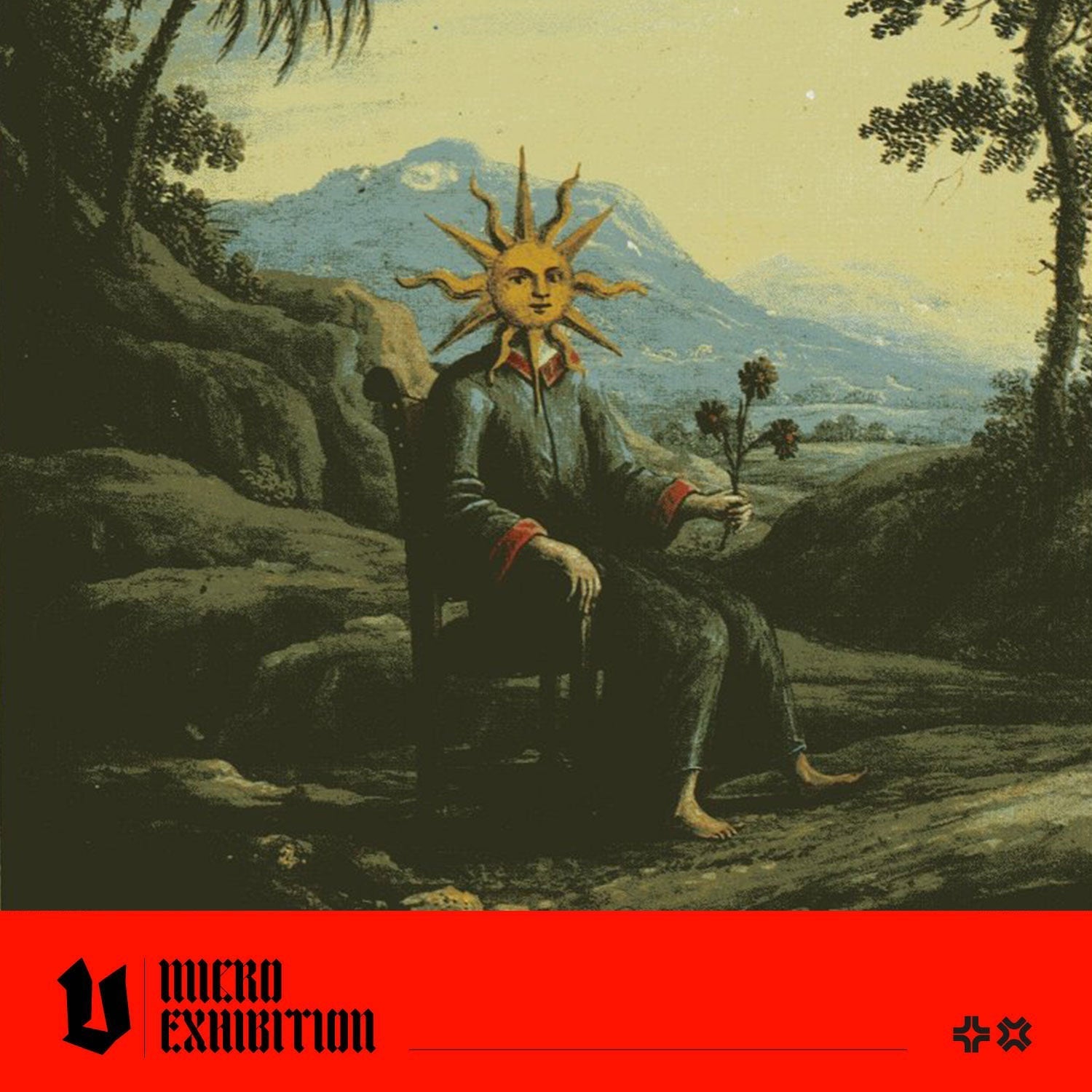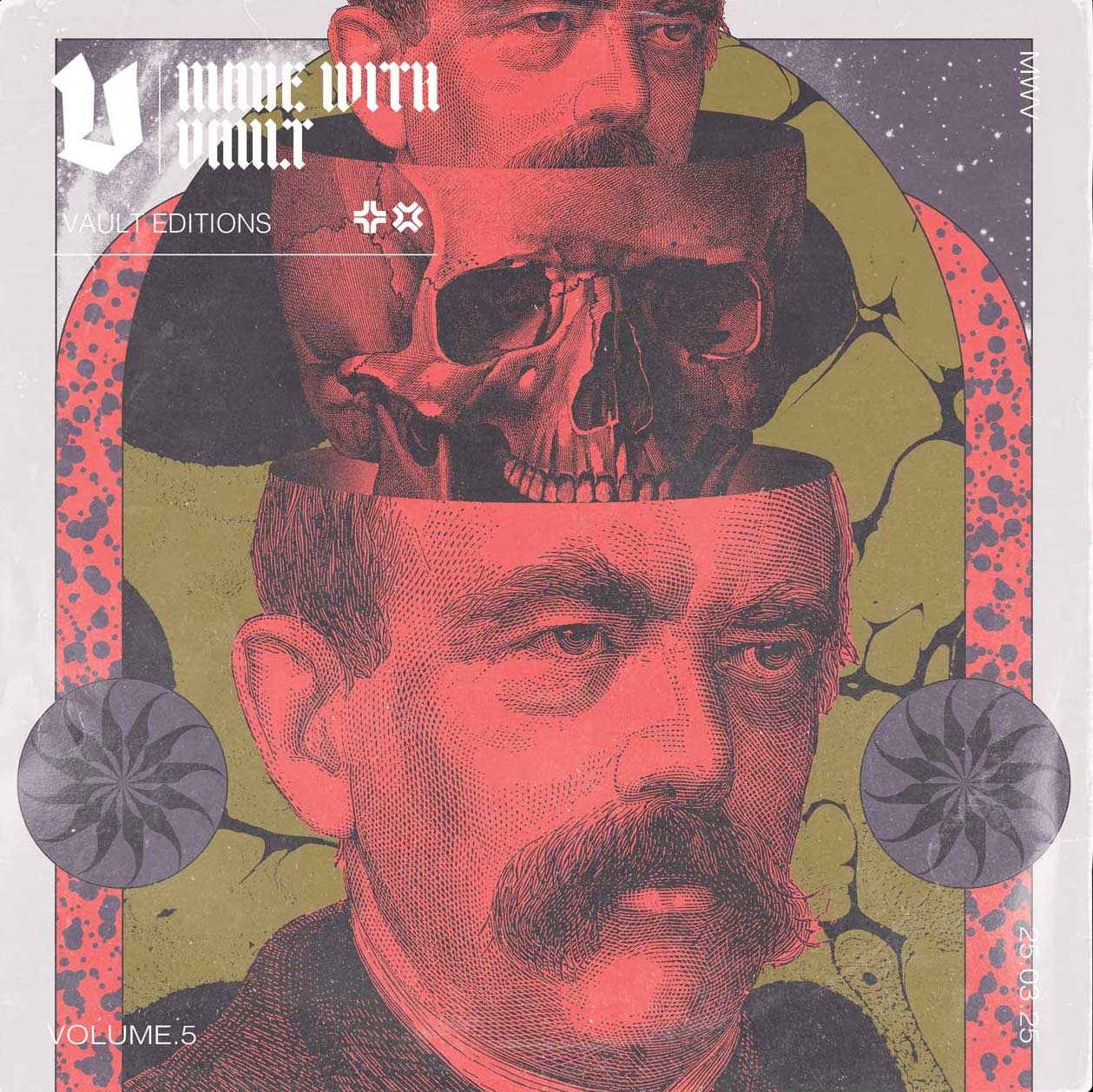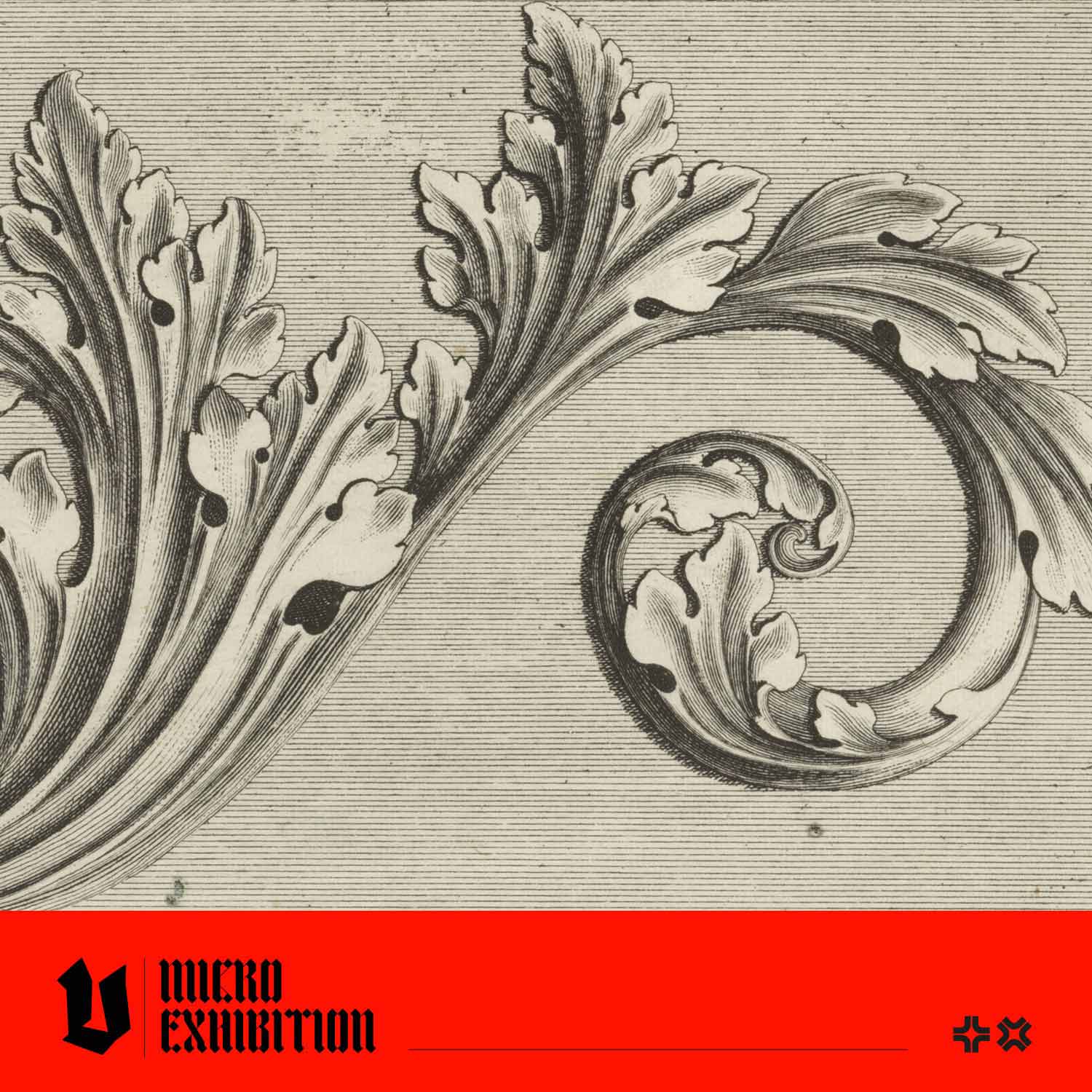Clavis Artis: An Introduction to the Mysterious Manuscript That Blends Art and Alchemy
Clavis Artis stands out as a particularly mysterious work among the enigmatic texts of the alchemical tradition. Written in German and Latin, it is often attributed to the late 17th or early 18th century. The manuscript serves as both a practical guide and a philosophical treatise on alchemy, but what makes it truly remarkable is its rich collection of illustrations. These symbolic images visually represent esoteric teachings, blending Hermetic wisdom with intricate artistry. Interested in learning more about this rare manuscript? Let's go!

Immagine del manoscritto Zoroaster Clavis Artis, MS. Verginelli-Rota, Biblioteca dell'Accademia Nazionale dei Lincei, Roma, vol. 3, p. 1r
What is Clavis Artis?
Clavis Artis is pseudoepigraphically attributed to Zoroaster (Zarathustra), the ancient Persian prophet and founder of Zoroastrianism. Its exact origins remain uncertain. Some scholars link it to the Order of the Golden Rose Cross, a 17th-century Rosicrucian and Masonic group focused on alchemy. One theory suggests it is a translation or adaptation of an older Arabic manuscript, possibly by a Rosicrucian alchemist. Another attributes it to Abraham Eleazar, author of Uraltes Chymisches Werk (1735), as both texts share similar alchemical symbolism and imagery.

Immagine del manoscritto Zoroaster Clavis Artis, MS. Verginelli-Rota, Biblioteca dell'Accademia Nazionale dei Lincei, Roma, vol. 2, pag. 2
Many of Clavis Artis’ illustrations resemble those found in earlier works, such as Nicolas Flamel’s Livre des figures hiéroglyphiques (1613). Key motifs—like the serpent on the cross and the Massacre of the Innocents—appear in both, symbolising stages of the alchemical transformation process.
How Rare is Clavis Artis?
Very few copies of Clavis Artis exist, with only two fully illustrated. Digital reproductions have made it more accessible, allowing its intricate illustrations to inspire contemporary interpretations of alchemical and mystical themes and captivate fans of the esoteric.

Immagine del manoscritto Zoroaster Clavis Artis, MS. Verginelli-Rota, Biblioteca dell'Accademia Nazionale dei Lincei, Roma, vol. 3, p. 158
The most complete versions:
- Biblioteca dell'Accademia Nazionale dei Lincei, Rome (MS. Verginelli-Rota 15, 16, 17).
- Biblioteca Civica Attilio Hortis, Trieste (Ms-2-27).
Other known versions:
- Národní technická knihovna, Prague (C 1175): Partially illustrated first and third volumes.
- Bayerische Staatsbibliothek, Munich: A single-volume version without illustrations.
- Herzogin Anna Amalia Bibliothek, Weimar: Previously housed a copy that was destroyed in a 2004 fire.

Immagine del manoscritto Zoroaster Clavis Artis, MS. Verginelli-Rota, Biblioteca dell'Accademia Nazionale dei Lincei, Roma, vol. 2, pag. 44
The Artistic Legacy of Clavis Artis
The manuscript consists of three volumes, richly adorned with watercolour illustrations of alchemical imagery and pen drawings of laboratory instruments.
One of Clavis Artis' most distinctive motifs is the snake-woman, a rare figure in alchemical imagery found in Uraltes Chymisches Werk. As we discussed earlier, this suggests a link between the two texts. She may draw inspiration from Melusina, a medieval water spirit, Echidna, the Greek half-woman, half-serpent, and Hecate, the three-faced goddess of transformation. In Clavis Artis, she represents the mercurial serpent, a mediator between body and spirit. There are many more fascinating and unusual images in this text, all rich in symbolism and meaning.

Immagine del manoscritto Zoroaster Clavis Artis, MS. Verginelli-Rota, Biblioteca dell'Accademia Nazionale dei Lincei, Roma, vol. 3, p. 184
Though its origins and meaning remain uncertain, Clavis Artis is a fascinating and visually striking alchemical manuscript. Its detailed illustrations and symbolism intrigue historians, artists and the curious reader, whether as a historical text, a philosophical work, or a mystical artefact.

Immagine del manoscritto Zoroaster Clavis Artis, MS. Verginelli-Rota, Biblioteca dell'Accademia Nazionale dei Lincei, Roma, vol. 2, p. 18




